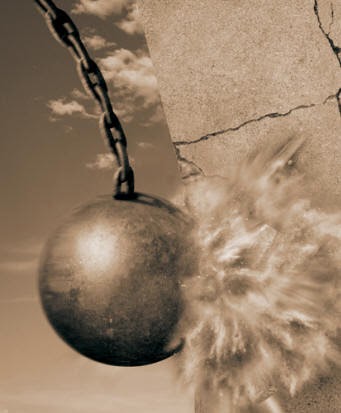Wetlands Symposium Winds Up Wonderfully
Prior to European settlement a good amount of the Southland Plains comprised of wetlands. In those early days wetlands were known as swamps and were regarded as having little value unless they could drained and converted into farmland. One workshop presenter told the story of his father visiting the Catchment Board a few decades earlier to gain permission for a building near the Waituna Lagoon, the reply across the counter, "Do what you like, it's only a swamp!"
Few people saw the value of wetlands, even internationally, and the first time that I became aware of their true value was when I read a small book written by Sir Peter Scott, only son of Robert Falcon Scott. Sir Peter is probably less well known than his explorer father, yet he probably achieved far more in his life. As well as being a highly regarded painter of birds he was one of the founders of the World Wildlife Fund. He led a movement to restore wetlands in Britain as a way of ensuring the survival of the aquatic birds he loved and the Wildfowl and Wetlands Trust he founded now manages nine reserves and has 200,000 members.
Locally it has mainly been a few farmers and duck shooters who saw the value of wetlands and some would even create ponds on their farms, ostensibly for duck shooting, but often because they actually enjoyed the wildlife they attracted. One such farmer is Peter McLeish whose enthusiasm for developing and maintaining wetlands goes well beyond a minor hobby. A bus tour on the final day of the Wetland Symposium took us around much of Southland to visit notable wetlands, other than the Waituna and Awarua, and first we visited was Peter's Long White Lagoon that he had bought from Fish and Game a few years before.
Mark Sutton and Jan Riddell, members of the Waiau Trust and passionate wetland advocates, led our visits to the ambitious Waiau Mouth where we viewed the beginnings of the Whitebait Habitat Project...
and also to the extensive Rakatu Wetlands...
I was incredibly impressed by the enthusiasm that both Jan and Mark exuded as they talked about the areas they devoted much of their time to and the financial sustainability of the projects. $5 million had been provided by Meridian to offset the damage done to the Waiau from the Manapouri power scheme and the Trust had wisely invested the money and financed the projects through the resulting interest. The Trust also left some of their land as productive farmland and this provided another steady income stream.











Comments